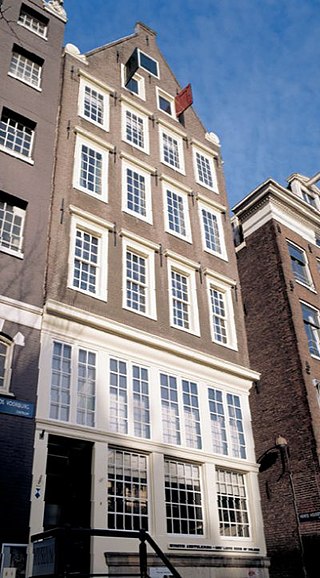....on the House of Prayer. Please join me in trying to set this up.
https://en.wikipedia.org/wiki/Clandestine_church
One bit...
In a surviving Dutch document from 1691, the Regents of the City of Amsterdam, specified the terms under which a Roman Catholic church, called the Glabais, could be built by the Franciscans "to avoid giving any offense." The entrance must not be on the Jodenbreestraat, but "behind" on a lesser thoroughfare, the Burgwal. There would be no parking of sleds on the Jodenbreestraat. There was to be no "waiting for another person" on the street after services. The priest was responsible for seeing that no beggars came to ask the worshipers for alms. Services were timed so that there would be no chance of Roman Catholics offending Protestants by meeting them in the streets on their way to Dutch Reformed churches. And, finally, the Catholics must not walk to church in groups, nor carry prayer books, rosaries, or "other offensive objects" in a manner that made them visible to Protestant eyes. Benjamin J. Kaplan regards these requirements as typical of those in effect across Europe wherever clandestine churches were permitted.[1]
